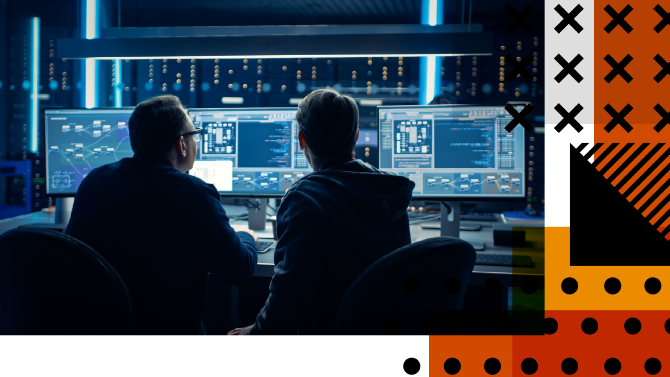
Chief Information Security Officer
1. Do I have the right people to make this project succeed?
CISOs often lack the resources needed to do security the right way. Their staff get tied up with today’s priority tasks while more strategic operations go unresolved, and budgets don’t keep pace with the needs.
Instead of economies of scale, it’s time to shift your mindset to one of “economies of learning,” to apply brain power instead of ever-increasing person power. Rather than searching endlessly for security issues that you already know exist — an approach that can leave your teams blindsided when new problems occur — why not use a connected SecOps platform with AI to predict events, share information with other teams, and resolve threats in advance?
2. Are we using the appropriate level of automation?
Automating high-volume, low-risk tasks can free your security staff to focus on big problems. This is the collaboration of the future: AI analyzing mass quantities of data in the blink of a virtual eye, providing your team with recommendations on how to write detection logic to alert against emerging threats, and responding to identified threats in an efficient manner.
3. Can I justify the expense?
CISOs face increasing pressure to hold the line on costs and do more with less. But not exploring how to automate more of your processes will only increase the risks — and costs — to your organization as bad actors use every route possible to find ways into your systems. Using AI and other automation solutions can help you do more — analyze data, detect threats, respond to security events — with your existing funds.
This post was originally published on 3rd party site mentioned in the title of this site





